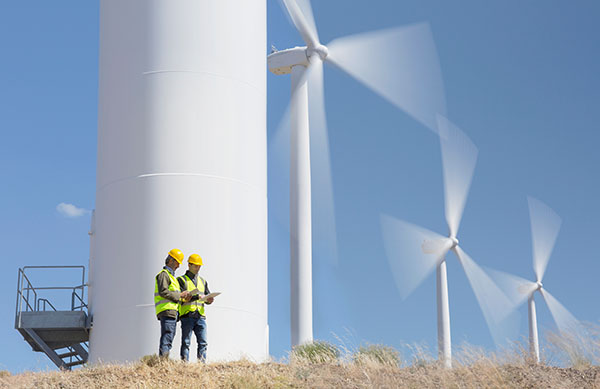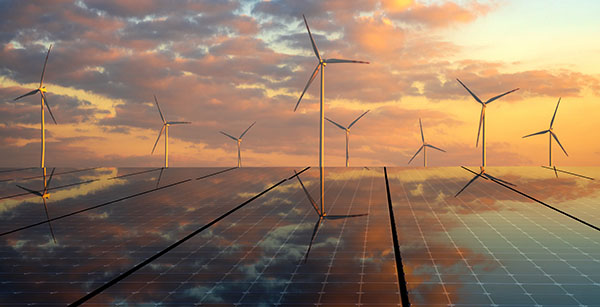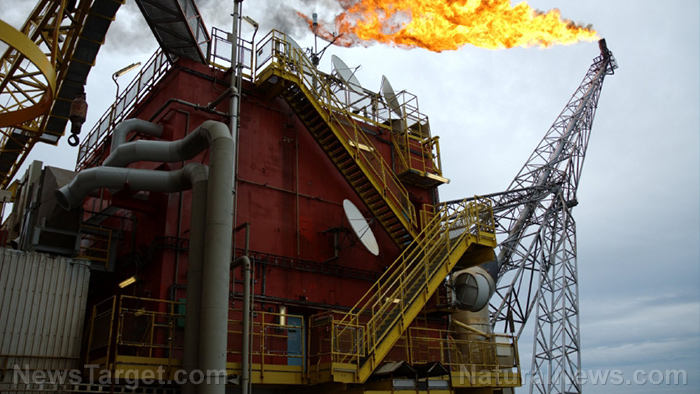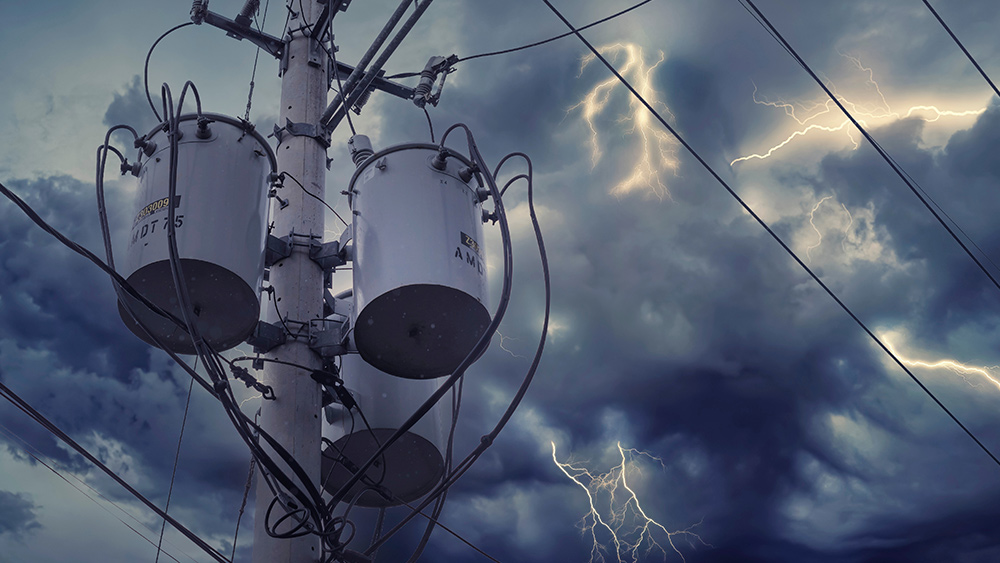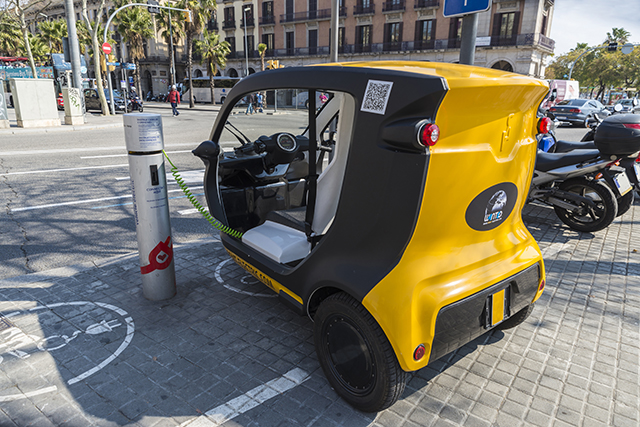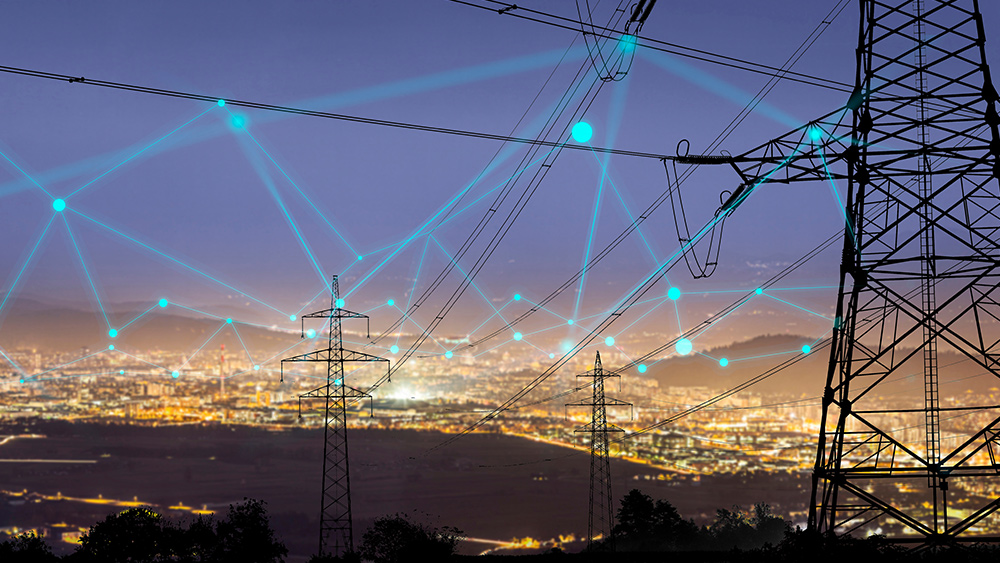Indoor food growers in UK forced to shut down greenhouses due to skyrocketing energy costs (stemming from Nord Stream destruction)
03/02/2023 / By Ethan Huff

It is becoming too expensive for Great Britain to grow food, particularly in indoor greenhouses that are now having to be shut down because of exorbitant energy prices.
Because of the country’s climate, the United Kingdom grows many of its winter crops indoors in controlled conditions – that is, when conditions can be controlled reasonably and affordably.
A BBC report explains that British supermarkets like Waitrose are now having to ration some of the scarcer produce items that can no longer be grown due to energy inflation. These include tomatoes, peppers, lamb’s lettuce, cauliflower, and cucumbers.
In a scramble to fill the void, wholesalers in the U.K. are looking for new suppliers overseas – but this, too, comes at an added cost, not to mention the effect all that extra travel movement has on the environment.
“So far, farmers are not among those who benefit particularly from public support,” reports Free West Media. “This is now beginning to have an impact on consumers. Inexpensive food that is available all year round will soon be a thing of the past in Europe.”
(Related: Up to 60 percent of Great Britain’s manufacturing sector risks closure due to soaring energy prices.)
British government blames “bad weather” in Morocco for its self-induced energy woes
Similar problems afflict The Netherlands, Bulgaria, and other European countries that rely on greenhouses and cheap Russian energy that is no longer flowing since the invasion of Ukraine and the Western sabotage of the Nord Stream pipeline(s).
“Many greenhouse producers are abandoning their businesses due to the inability to cover their current heating and labor costs,” said the Bulgarian Association of Greenhouse Farmers.
“So far, the state has taken absolutely no measures to support the greenhouse production sector. As we all know, it is one of the most expensive industries in the agricultural sector and is directly related to gas and electricity prices.”
Dutch companies are having to close down their greenhouses as well since energy represents anywhere from 20 to 30 percent of their costs. Compared to what they were paying in 2019, Dutch farmers this year will spend almost five times the normal amount on energy.
“Among the most impacted sectors: greenhouse production whose annual turnover reaches around 8 billion euros but where energy represents 20 to 30 percent of the costs,” reports explain. “Already 40 percent of the members of the Glastuinbouw Nederland group are operating at a loss, due to excessive energy costs.”
As far as the British consumer is concerned, the cause of all these energy problems is not the Western sanctions against Russia over its invasion of Ukraine, nor does it have anything to do with the Nord Stream pipelines. Instead, the U.K. government is blaming “bad weather” in Morocco for its self-induced problems.
“Climate change,” we are told, is also to blame for the energy inflation in the U.K. that is creating food shortages, rationing, and growing panic about how people are going to eat.
“Maybe good old King Charles III should take a fraction of the wealth that the royal family hoards and pay those energy bills to show his love for the British people,” one commenter wrote.
“It sure would help to boost his image which is pretty much in the dumpster. He can’t do that, however, because it would indicate the ungodly amount of money that royal crime syndicate has accrued over the centuries (He also won’t do it because he’s in on every aspect of the plan and probably dreams he’ll be ceremonial king of the world after the Great Reset).”
At the rate things are going, the global economy only has months, if not weeks, left before a collapse. To learn more, visit Collapse.news.
Sources for this article include:
Submit a correction >>
Tagged Under:
agriculture, chaos, crops, debt collapse, deception, energy cost, energy supply, famine, food collapse, food inflation, food scarcity, food supply, Green New Deal, greenhouses, hunger, inflation, panic, rationing, starvation, supply chain, United Kingdom
This article may contain statements that reflect the opinion of the author
RECENT NEWS & ARTICLES
NewEnergyReport.com is a fact-based public education website published by New Energy Report Features, LLC.
All content copyright © 2018 by New Energy Report Features, LLC.
Contact Us with Tips or Corrections
All trademarks, registered trademarks and servicemarks mentioned on this site are the property of their respective owners.

